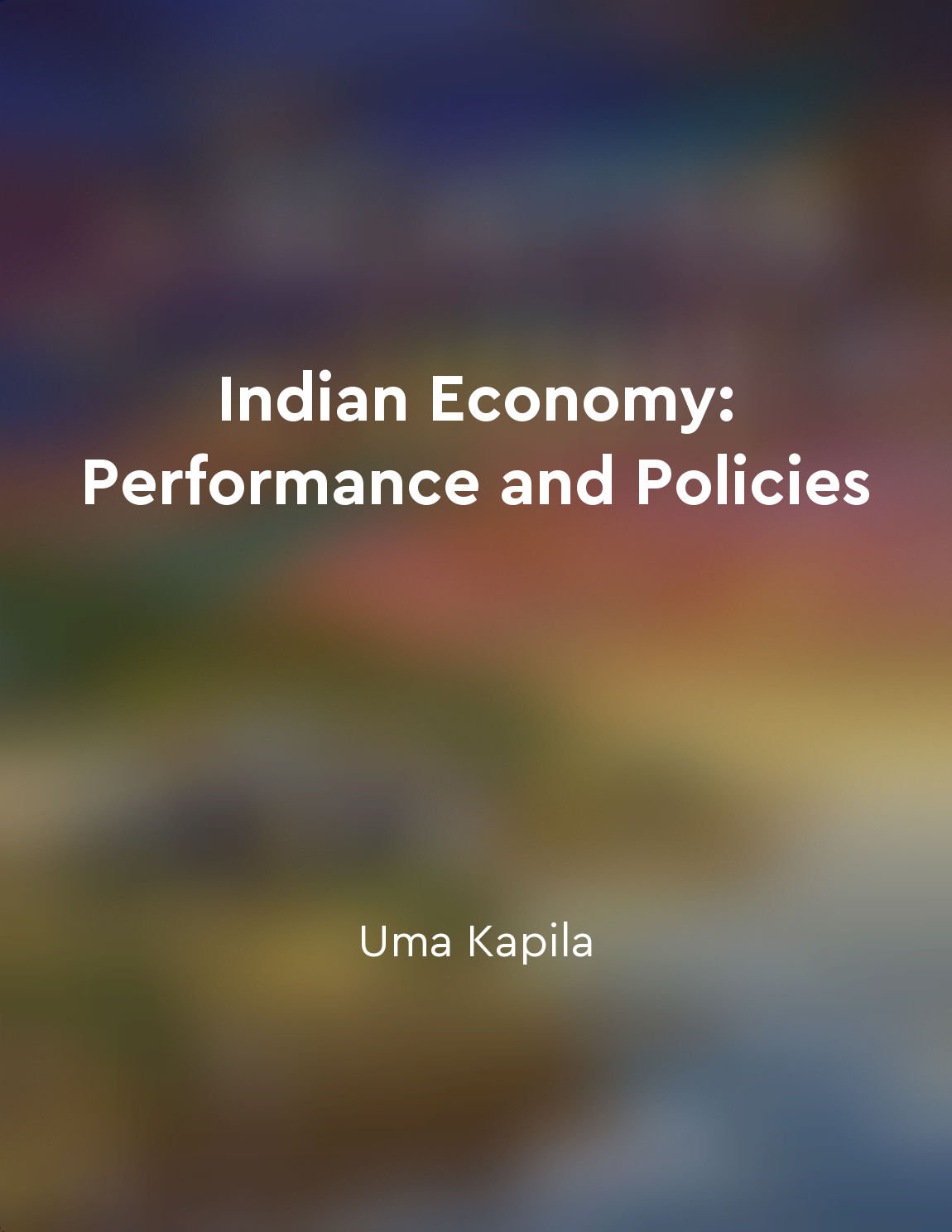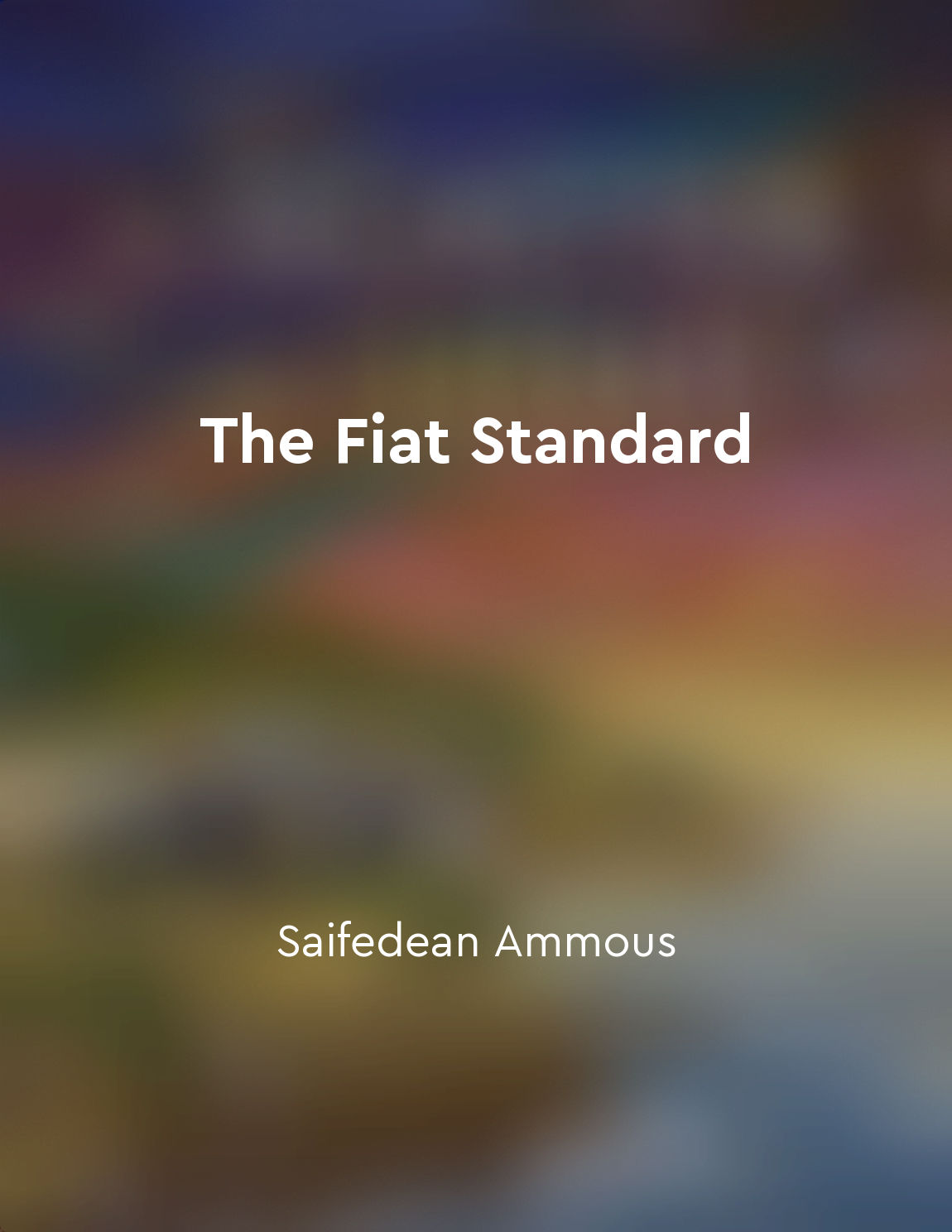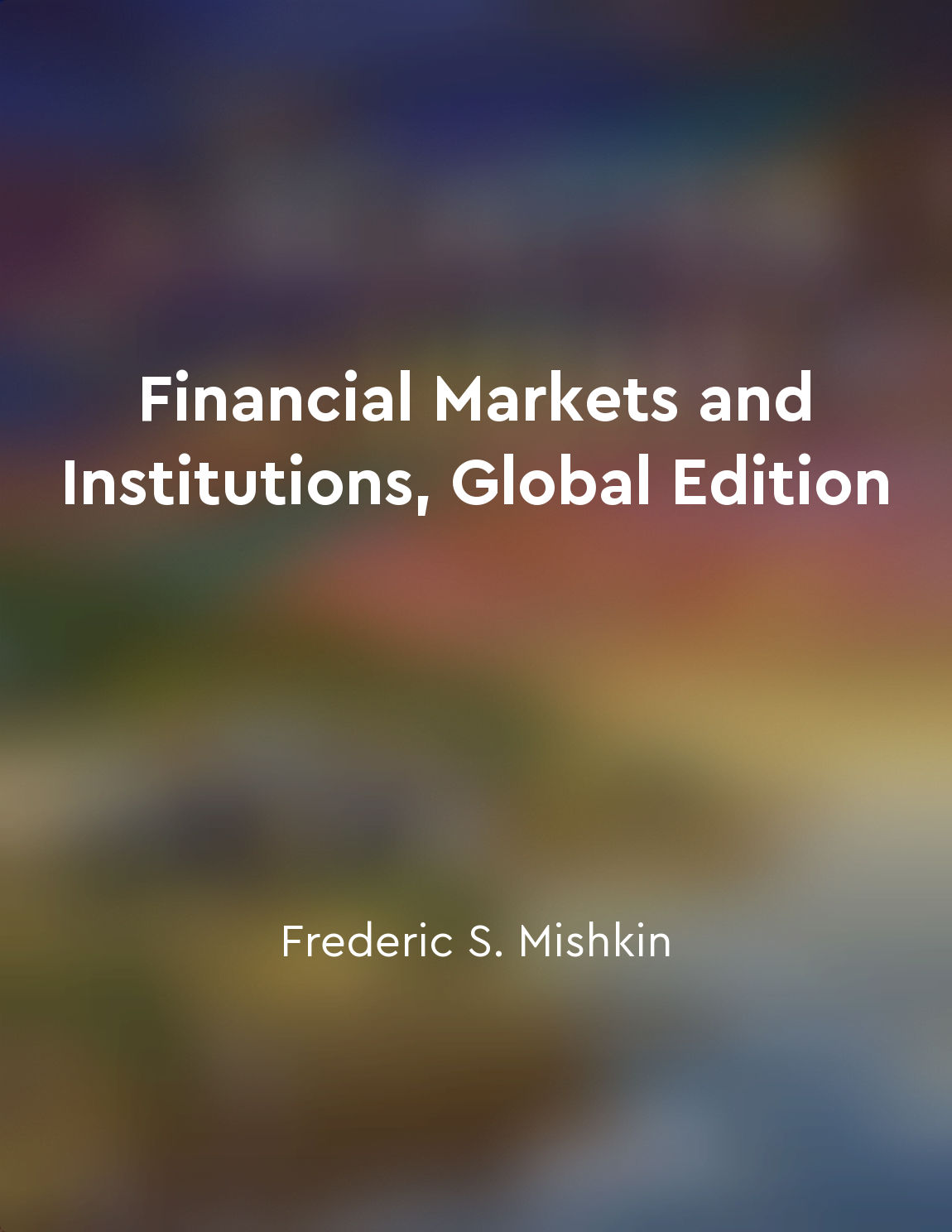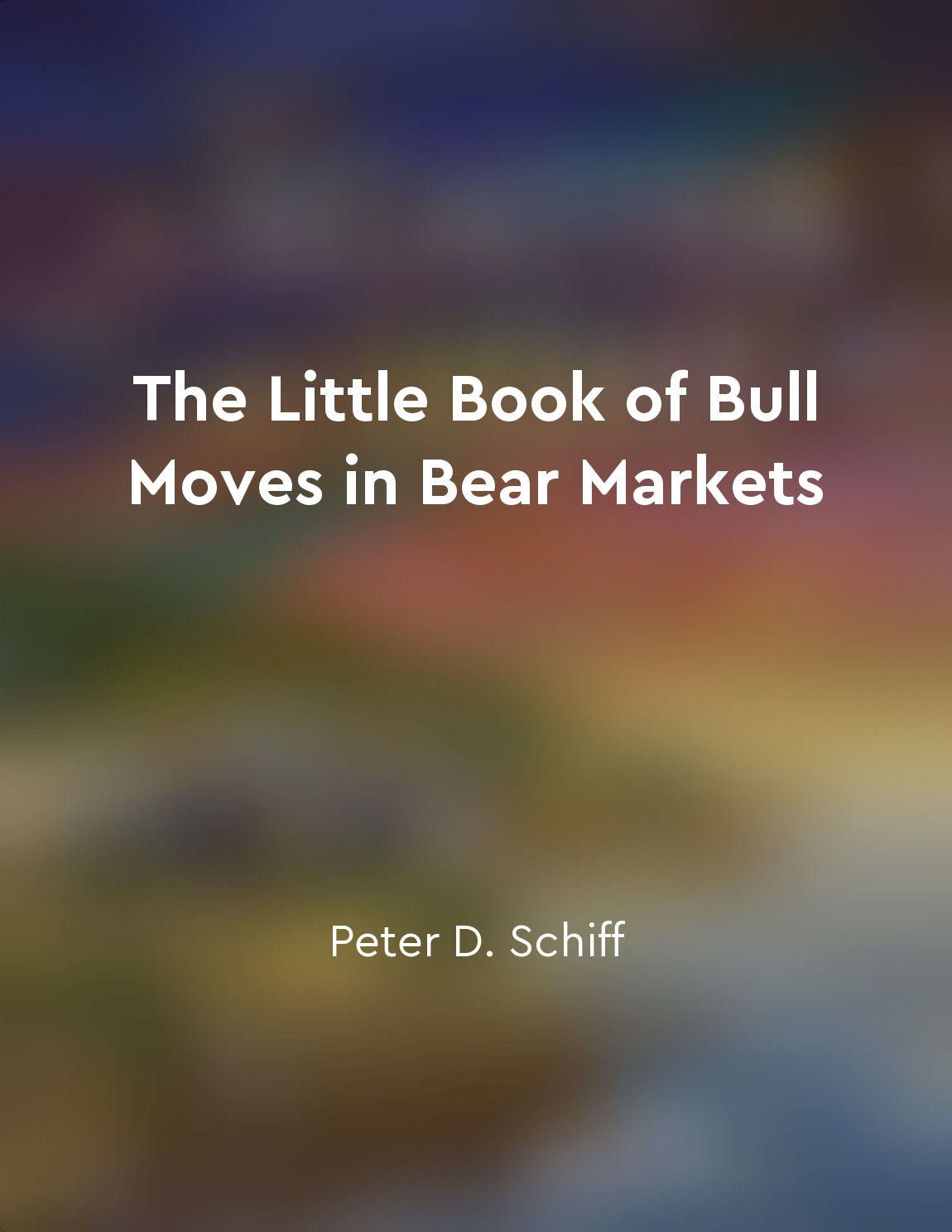Exchange rate regimes guide monetary policy decisions from "summary" of International Money and Finance by Michael Melvin
Exchange rate regimes play a crucial role in influencing monetary policy decisions in a country. The choice of exchange rate regime, whether fixed or flexible, affects how monetary authorities conduct policy to achieve macroeconomic objectives. Under a fixed exchange rate regime, the central bank is committed to maintaining a specific exchange rate against a major currency or a basket of currencies. This commitment limits the central bank's ability to independently pursue domestic monetary policy objectives. In such a regime, the central bank may need to intervene in the foreign exchange market to maintain the fixed exchange rate, which can lead to a loss of monetary policy independence. On the other hand, in a flexible exchange rate regime, the exchange rate is determined by market forces and can fluctuate freely. In this case, the central bank has more freedom to adjust monetary policy according to domestic economic conditions. A flexible exchange rate regime allows the central bank to focus on domestic objectives such as controlling inflation or promoting economic growth. The choice between fixed and flexible exchange rate regimes depends on various factors, including the country's economic structure, trade openness, capital mobility, and policy objectives. Countries with strong trade links or limited access to international capital markets may opt for a fixed exchange rate regime to provide stability for trade and investment. In contrast, countries with high capital mobility or inflationary pressures may prefer a flexible exchange rate regime to allow for independent monetary policy adjustments. The exchange rate regime serves as a guide for policymakers in determining the appropriate monetary policy stance to achieve their goals effectively.- The exchange rate regime influences monetary policy decisions by shaping the central bank's ability to control interest rates, money supply, and exchange rate movements. Understanding the relationship between exchange rate regimes and monetary policy is essential for policymakers to navigate the complexities of international money and finance.
Similar Posts

Gender equality empowerment women's rights
The concept of gender equality empowerment women's rights is essential for the overall development of a country. It is based on...

Financial crises can disrupt global trade
Financial crises have the potential to severely disrupt global trade. When a financial crisis hits a country, it can lead to a ...
The impact of monetary policy on interest rates can influence investment decisions
Monetary policy plays a crucial role in shaping interest rates, which in turn can have a significant impact on investment decis...
The goal of finance is to create value for shareholders
Finance is all about creating value for shareholders. This is the fundamental goal that drives all financial decisions within a...
Policy effectiveness varies over time
Policy effectiveness is not a constant phenomenon but rather a dynamic one that changes over time. This means that policies tha...

The fiat standard is unsustainable
The fiat standard is unsustainable. The fiat standard is unsustainable because the system is fundamentally based on a flawed pr...
Policy recommendations
In considering the complex economic challenges facing post-war Europe, it becomes imperative to identify and implement appropri...

Systemic risk can threaten the stability of the entire financial system
Systemic risk is a critical concept in the world of finance, as it has the potential to disrupt the stability of the entire fin...
External shocks can hinder economic progress
External shocks such as natural disasters, political instability, or sudden changes in global markets can significantly disrupt...

Avoid panic selling during market downturns
When times are tough in the market, it's easy to succumb to fear and make decisions that could harm your financial future. Pani...

